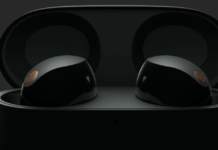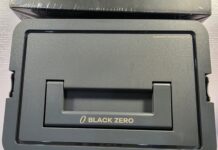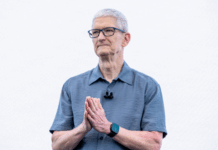 Everyone talks about budgeting like it’s a rulebook you must follow — but the truth is, there’s no one right way to manage your money. What works for your friend might not work for you. Some people love numbers and spreadsheets, others just want to stop running out of money before payday. The trick? Pick a method that fits your lifestyle, not the other way around.
Everyone talks about budgeting like it’s a rulebook you must follow — but the truth is, there’s no one right way to manage your money. What works for your friend might not work for you. Some people love numbers and spreadsheets, others just want to stop running out of money before payday. The trick? Pick a method that fits your lifestyle, not the other way around.
Many people today are also exploring online ways to earn and learn. For example, Cryptocurrency Trading Courses are helping beginners understand digital money, risk control, and how to grow their income. But no matter where your money comes from, learning to manage it is just as important.
Here are five different approaches to budgeting, viewed not as strict systems — but as styles. Which one sounds like you?
The Visual Thinker: Envelope-Style Budgeting
Do you need to see your money to control it? This method splits your cash into categories using actual envelopes (or digital ones in apps). Each one is for a purpose — food, bills, fun. Once it’s empty, you stop.
It’s simple and visual. Great if you’ve tried cards and apps before, but still overspend. Forbes notes it can be a powerful tool for building money discipline.
The Planner: Zero-Based Budgeting
If you love making lists and everything having its place, this one’s for you. With zero-based budgeting, you assign every single dollar a job: savings, rent, food, streaming — nothing is unaccounted for. At the end, your balance is zero because everything is planned.
This system takes effort but gives total control. As explained on Wikipedia, it’s used in both personal and business finance.
The Free Spirit: 50/30/20 Rule
Do you want to save without feeling restricted? Try the 50/30/20 approach. You just divide your income thus:
- 50% to needs,
- 30% to wants,
- 20% to savings or debt.
It’s flexible, low-stress, and helps you spend smarter without getting too detailed. It works well for people who want balance, not strict or rigid tracking.
The Future-First Type: Pay Yourself First
If your goal is to build wealth or a safety net, this method keeps it simple: save first, then live on what’s left. It’s less about tracking every coffee and more about making saving automatic.
This is great for people who want long-term results with less daily effort. Forbes often recommends this method to help avoid “accidental spending” of money that should have gone into savings.
The Tech Lover: Budgeting Apps
Some people hate cash and love data. If that’s you, budgeting apps are a perfect match. Apps like Mint, YNAB, or PocketGuard connect to your bank and track everything. Some even show trends or offer tips.
If you’re already learning how to trade online — for example, through AvaTrade’s Cryptocurrency Trading Courses — combining a budgeting app with your income goals can make your money work smarter, not harder.
So, What’s Your Budgeting Personality?
Budgeting isn’t one-size-fits-all. You might need to try one or two before something sticks. Ask yourself:
- Do I like structure or freedom?
- Do I want to save more or stop overspending?
- Do I prefer digital tools or old-school methods?
You can even blend styles — like using an app for tracking and the pay-yourself-first method to save more.
Final Thought
Budgeting isn’t about cutting out fun — it’s about choosing how you want to live. When you have a system that works for you, money stops being a stress and starts being a tool. Whether you’re just starting out or growing your skills through tools like Cryptocurrency Trading Courses, knowing how to handle your money is one of the most powerful habits you can build in 2025.


















